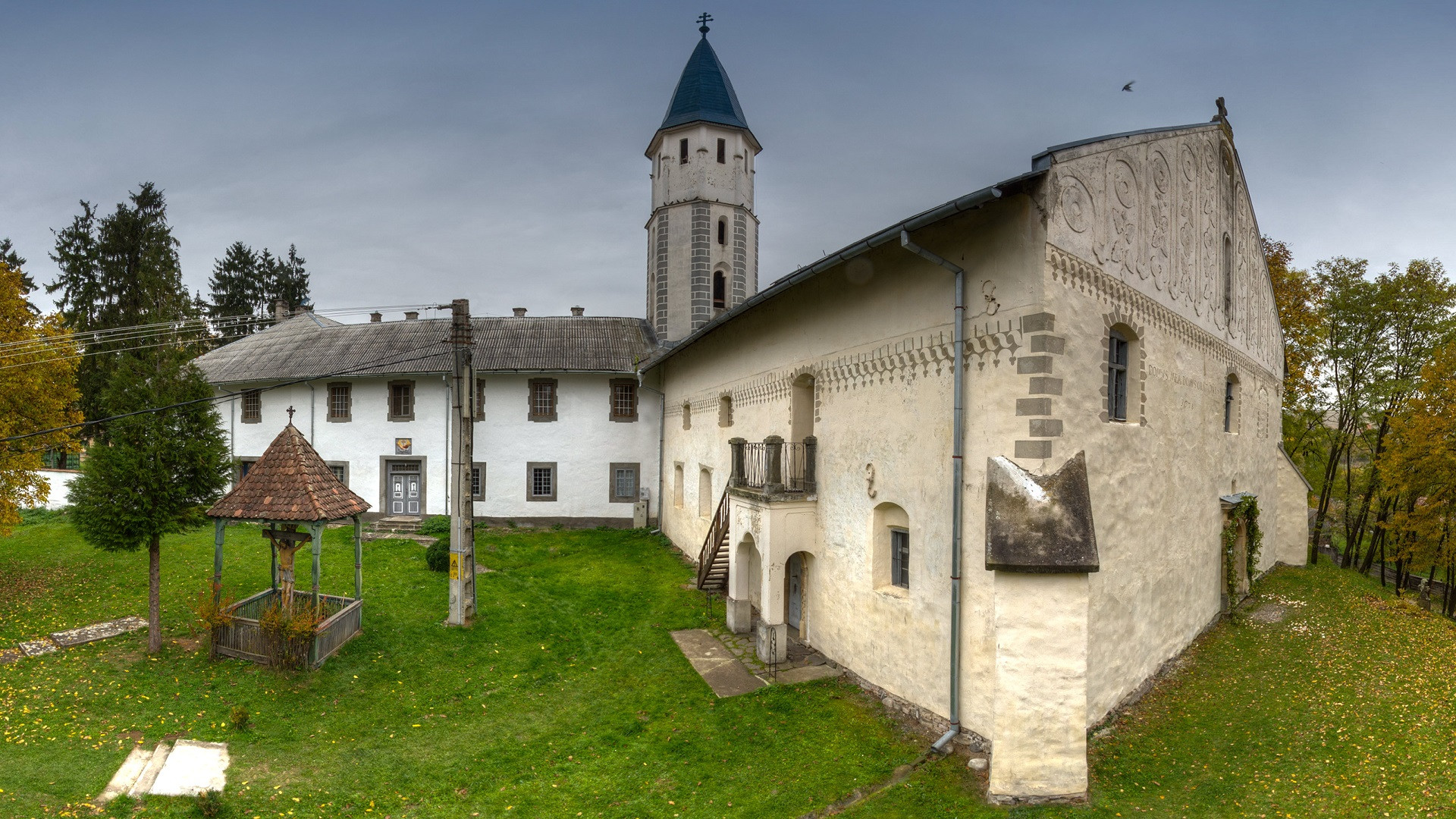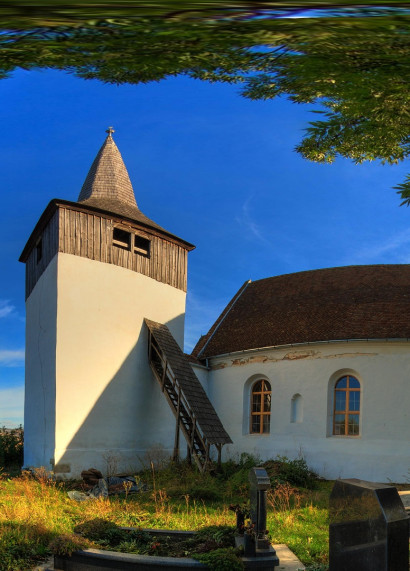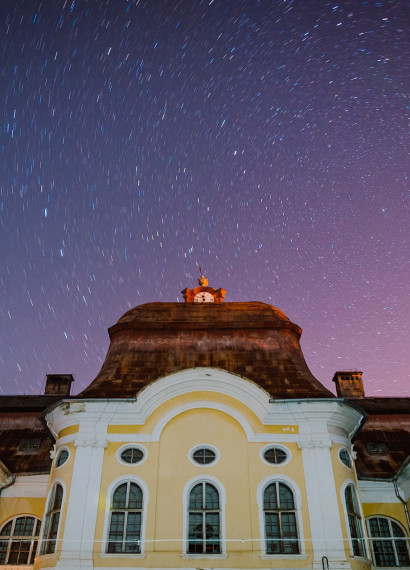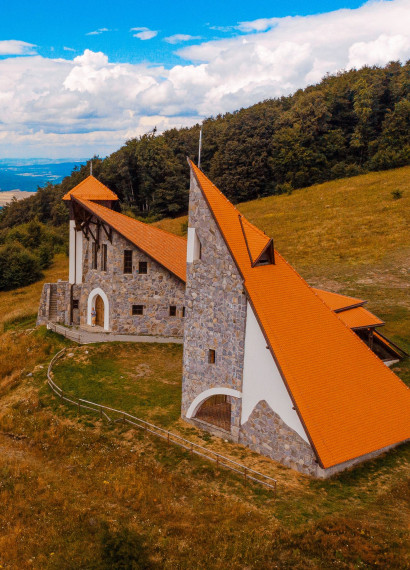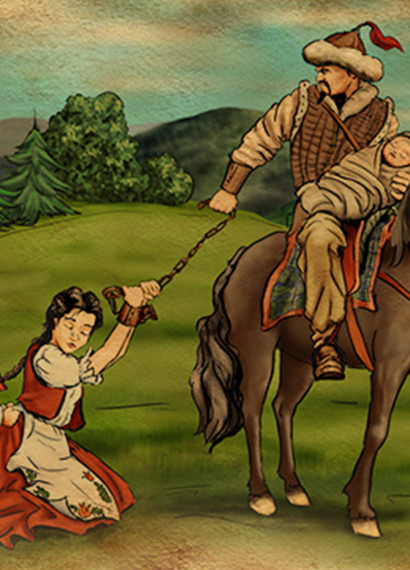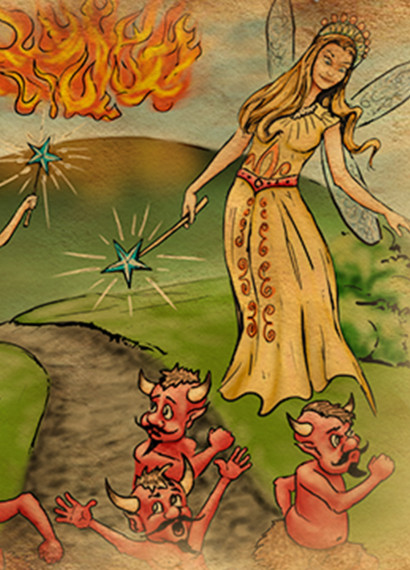Franciscan monastery - Călugăreni
Full description
The Franciscan monastery and church from Calugareni is perhaps the most valuable religious edifice of the Niraj-Valley region. The monastery was most probably built in 1634. In the 17-18th centuries, the monastery becomes a cultural and spiritual center of major importance in the life of the szekler. The architectural elements of the building, as well as the objects inside, make up an intact collection and represent in a unique way this genuine workshop of values.
The inscription that can be seen on the western façade of the church consecrated to king St. Stephen (1678) marks the date of the ending of construction. Under the southern, St. Francis side altar the double crypt of friars and aristocratic families supporting the church can be found. On the wall and pillars of the nave plaques of prominent friars, of the Torma family from Csicsókeresztúr/ Cristeștii Ciceului, as well as that of the Count Bornemisza family can be seen.
From the perspective of the history of education it is important that from 1669 on, for more than a century, there operated a secondary school in the monastery, and when it was moved to Târgu Mureş, its place was taken over by a primary school.
Mikháza/Călugăreni, famous for its Franciscan monastery and monument church, is situated between Nyárádköszvényes/Mătrici and Deményháza/Dămieni, on the left bank of the Niraj. The Franciscan friars settled down there in the 17th century, at the time of Protestant princes. The Transylvanian Roman Catholic Status asked for auxiliary priests from the Bosnian province in 1630; subsequently, four friars arrived at the Mătrici parish. As a result of their activity the surrounding villages preserved their Roman Catholic belief. One of the main supporters of the Franciscan friars, who also initiated their invitation, was Mihály Toldalagi, chief constable of Marosszék; in 1635 he bought a house and an estate for them in Călugăreni. The friars who moved there from Mătrici built a stone chapel and a wooden monastery next to it. In this work they were assisted by their fellow friar, the later bishop Kázmér Domokos, who also assumed to mediate between the friars not speaking the Hungarian language and the people. János Kájoni becoming the prior represented a new era in the life of the monastery. In 1666 he had the existing monastery pulled down and, in its place, he started to build the storeyed stone building that also exists today. At the same time, he extended the chapel into a church. After he had left (1669), his successors continued the work started by him.
